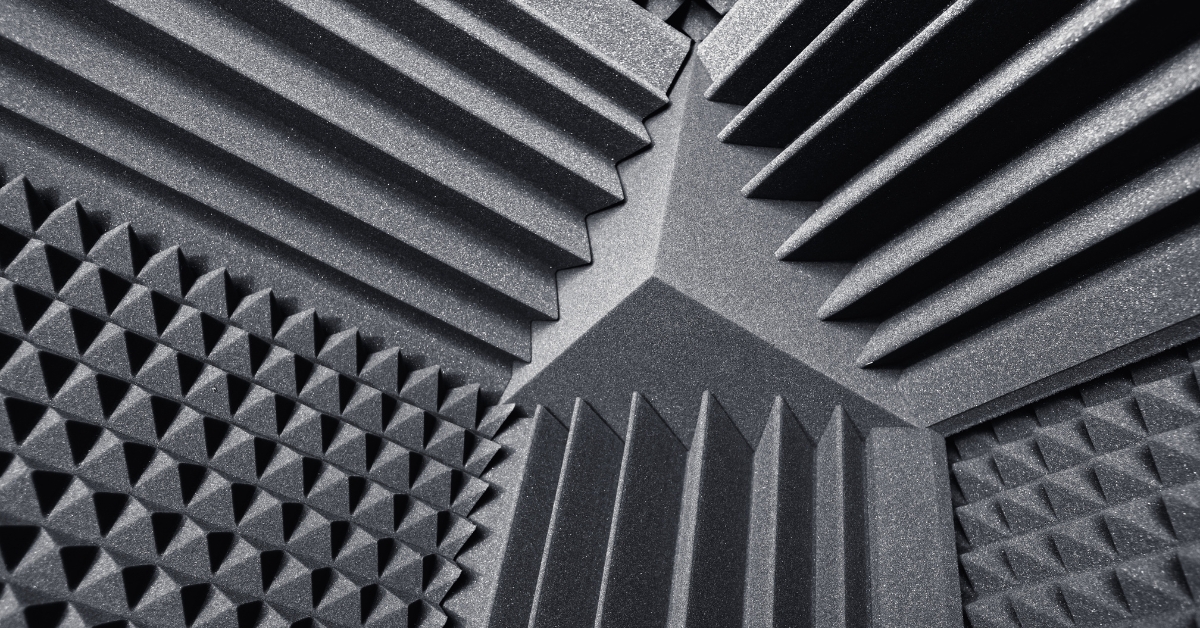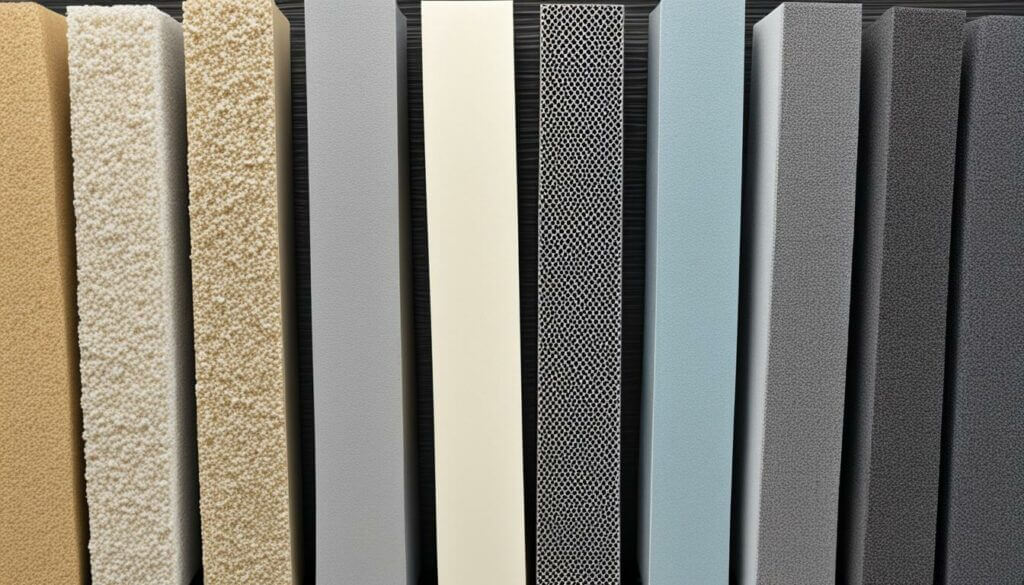
Struggling to achieve a clean, professional sound in your home studio? Those pesky low-end frequencies can muddy up your mixes, leaving you frustrated. But before you resign yourself to expensive acoustic treatment, there's a powerful weapon in your arsenal: DIY bass traps!
Building your own sound absorbers isn't just surprisingly cost-effective, it also allows you to tailor them to your specific space and needs. Imagine crafting sleek bass traps that not only tame those boomy lows but also add a touch of style to your studio.
Ready to take control of your sound and elevate your mixes? Grab your tools, put on your favorite tracks, and let's embark on the journey to crafting the perfect acoustic environment for your music studio!

Before we dive into the world of DIY bass traps, let's take a moment to understand their purpose and how they work their magic.
Bass traps are specialized acoustic absorbers designed to tackle low-frequency sound waves. Unlike their mid-range and high-frequency counterparts, these stubborn bass waves tend to bounce around your room, creating unwanted resonances and muddying the overall sound. Here's where bass traps step in:
Think of bass traps as the bouncers of the acoustic world, selectively letting in the desired frequencies while politely escorting the boomy bass out the door. The result? A tighter, more accurate listening experience that allows you to hear more detail in your music.

To turn your home studio into a bass-busting haven, you'll need a handful of key ingredients:
Now that you're armed with the knowledge of bass traps and their mission, let's roll up our sleeves and get crafting!


Assemble the wood pieces into a frame using screws or nails. For added stability, consider using corner braces, especially for larger traps. Ensure the frame is square and sturdy.
Cut the insulation material to fit snugly inside the frame. It's crucial to have a dense but not compressed fill. Avoid overstuffing, as this can hinder sound absorption.

With a little planning, effort, and these handy instructions, you'll be well on your way to crafting effective and stylish DIY bass traps that transform your home studio into a haven of clear, controlled sound.
While we've covered the essential steps for building your DIY bass traps, there's always room for customization and exploration! Here are some additional tips and variations to unleash your inner acoustic ninja:
Size and Shape:
Materials:
Aesthetics:
Related Article: How To Set Up A Home Recording Studio For Beginners
Acoustic treatment is crucial for managing sound within a space, especially for low-frequency absorption in home studios. It helps mitigate issues such as frequency build-up in corners, improving the overall sound quality for recording and mixing.
The number of bass traps needed depends on the size of your studio, its acoustics, and your desired level of absorption. Typically, a combination of corner traps and wall panels placed strategically in areas where bass accumulates is recommended. Start with a few traps and experiment with their placement to see how they affect the sound.
Yes, with proper understanding and application of room acoustics principles, DIY acoustic treatments can be quite effective. Success stories from the music industry demonstrate that music produced in DIY-treated home studios can achieve professional-level quality.
Absolutely! Painting the frames is a great way to personalize your traps and match your studio's aesthetics. Just ensure the paint you choose is breathable and doesn't significantly impact the fabric's acoustic properties.
Even if you're not a seasoned DIYer, building bass traps is a relatively straightforward process. Start with simpler designs like corner traps and use basic tools. Remember, there are also online resources and tutorials available to guide you through the process.
With a bit of planning, some elbow grease, and these handy tips, you're now equipped to tackle those pesky bass frequencies and transform your home studio into a sonic sanctuary. Remember, the beauty of DIY lies in the journey itself. Experiment, have fun, and don't be afraid to get creative! After all, the satisfaction of crafting your own acoustic solution, tailored to your specific needs and taste, is a reward in itself. Now, crank up the volume, hit play, and immerse yourself in the clear, controlled sound you deserve!
If you found this guide helpful, please consider subscribing to our blog for more music production tips, product reviews, and buying guides. Also, you can support new content by contributing to our tip jar.
"Some of the links within this article are affiliate links. These links are from various companies such as Amazon. This means if you click on any of these links and purchase the item or service, I will receive an affiliate commission. This is at no cost to you and the money gets invested back into Audio Sorcerer LLC."